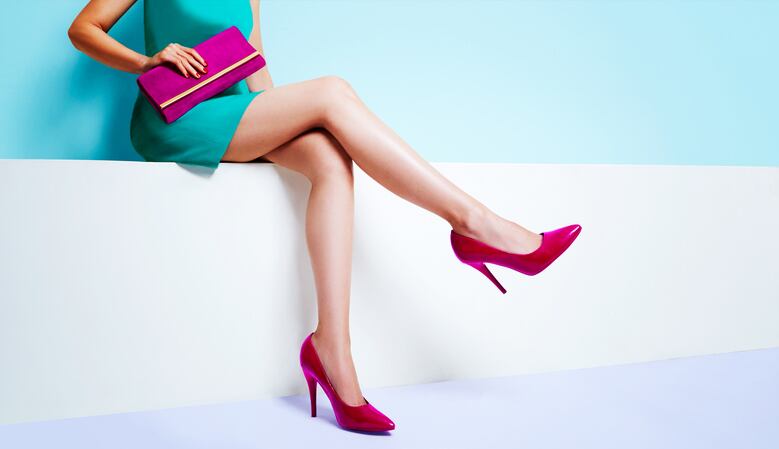These trends were most recently highlighted in a new study by UnityMarketing, called State of Luxury, which Cosmetics Design highlighted in a two part article series, with Part 1 focusing on how the good times might not last for luxury and Part II going into more depth about the reasons why.
The articles point to the fact that while the luxury end of the market remains robust, it is likely to be threatened by socio-economic factors in the longer-term, while those that consume luxury products are not only changing their purchasing patterns, but also retreating into ‘cocoons’, making them harder for marketers to reach.
How luxury consumption patterns are changing
One thing is sure, younger high-income consumers in both Europe, North America, and increasingly in Asia, are behaving very differently from previous generations.
Whereas conspicuous wealth was previously celebrated – think of the gaudy demonstrations of consumerism that the yuppies of the 80s aspired to – now quite the reverse is starting to happen with understatement being more .
Likewise, a growing awareness of the environmental ills that rampant consumerism can contribute to, is also meaning that a lot of wealthier consumers have cut back on buying ‘bling’, or cut it out altogether.
Added to this, there is also a growing awareness of just how much wealth those in the top 1% or 2% earnings bracket actually have in comparison to the rest of the population.
This is serving to make individuals in the top earnings brackets more reclusive and less inclined to make their wealth conspicuous, for fear of reprisals, which in turn is translating into a consumer that is harder to identify and one who is also on a quest for different ways of spending their money.
It has been well documented that millennials are increasingly more interested in spending their money on experiences such as travel, cultural activities and outdoor pursuits, rather than big ticket items such as luxury cars, and this too is having a major impact on overall spending patterns.
So where does this leave luxury beauty?
The two main hurdles to overcome are obviously the changing consumption patterns of younger wealthier consumers - known as HENRYs (High Earners Not Rich Yet), as well as the fact that many are also becoming more reclusive and harder for branding and marketing experts to target.
The key to many successful luxury beauty brands has invariably been about understatement and that still remains the case in the category, but now luxury beauty brands also need to keep up with many of the key changes that have permeated the rest of the market.
Many of the most cherished luxury brands have remained very traditional, believing that consistency and the brand identities are enough.
But that is increasingly proving to not be the case, just like in the other categories, elements such as environmentally-friendly packaging, ethical practices and heightened sensorial elements are also now playing out in high-end product development in a bid to woo HENRYs in particular.
Wealth is growing, but some luxury brands are not
Perhaps the biggest difference is being seen in how luxury beauty brands are reaching out to consumers. It’s not that the wealth is shrinking – Capgemini estimates that global high-net-worth rose by more than 10% in 2017 to reach $70 trillion – it is just that wealthy consumers are proving harder for luxury brands to target.
Part of this can again be put down to the more conservative approach of luxury brands, which has often made them slower to react to market changes. This is particularly has been particularly noticeable with the big shift from print, tv and other traditional advertising medias, to digital, with traditional luxury brands being among the last advertisers to make that switch.
But many of the more forward luxury brands, and particularly those in the beauty arena, are now changing track, with a number of players, including Calvin Klein, completely abandoning print publishing in 2018 in favor of digital advertising during the course of 2019.
For many luxury brands the price of ignoring these new patterns could be high. Indeed, some experts believe that for certain luxury brands not willing to adapt to some degree, they could be facing up to an aging consumer base and the very real possibility of becoming irrelevant in the future.

